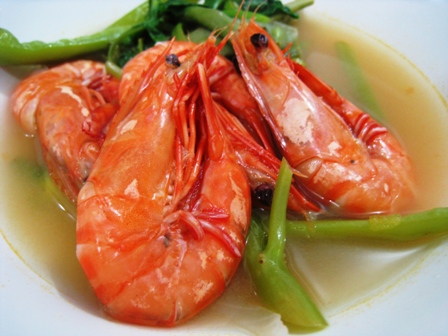| Country | Cost | |
| Australia | 81.4 | 4.2 |
| Canada | 80.7 | 5.0 |
| France | 81.0 | 4.0 |
| Germany | 79.8 | 3.8 |
| Japan | 82.6 | 2.6 |
Sinigang
Sinigang is a Filipino soup that has a distinctive sour taste brought by its tamarind base. It is similar to Indonesia's sayur asem and Thailand's tom yum but Sinigang differs from its color and sourness. Its basic ingredients consist of vegetables such as tomatoes, onions, yardlong beans (sitaw), water spinach (kangkong), eggplant, and taro corms (gabi) as well as your choice of meat or seafood. If you prefer to put a spicy kick into it, you can also add green finger pepper.

Today, there are several variations of Sinigang depending on the sour base. While tamarind has been traditionally used, other ingredients are also used such as guava, calamansi, or raw mango. Commercially, powdered flavorings and bouillon cubes are also available for a more convenient way of cooking the dish.
Another variation of Sinigang is Sinampalukang Manok from the word sampalok which means tamarind in Filipino. It is a bit spicier than regular Sinigang and has shredded tamarind leaves mixed with the soup.
Although Sinigang is classified as a soup, it is usually eaten as a main entrée with rice.
In 2010, the Philippines Daily Inquirer awarded Sinigang as the Ultimate Filipino Dish in their campaign “Sooo Pinoy” (Evolving Filipino Flavors): National Search for the Ultimate Filipino Dish.
Click here to view the COMPLETE RECIPE.
Sources: lifestyle.inquirer.net; eatingasia.typepad.com; kumain.com; filipinoasianfoodrecipes.blogspot.com




